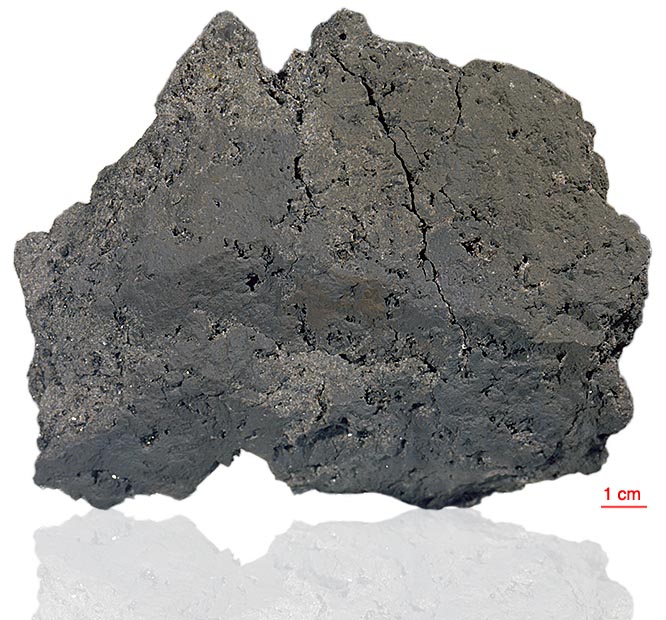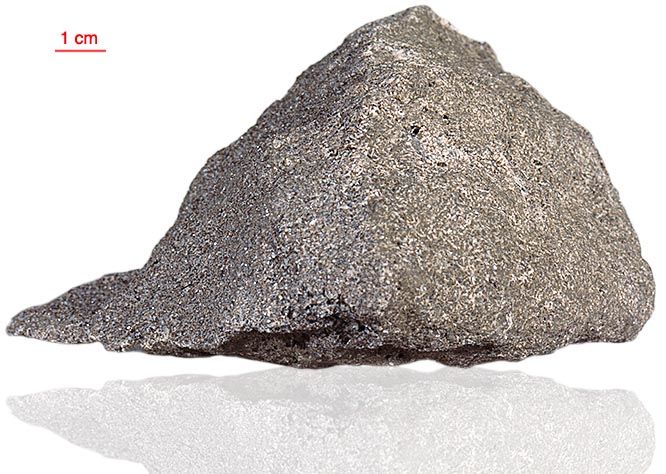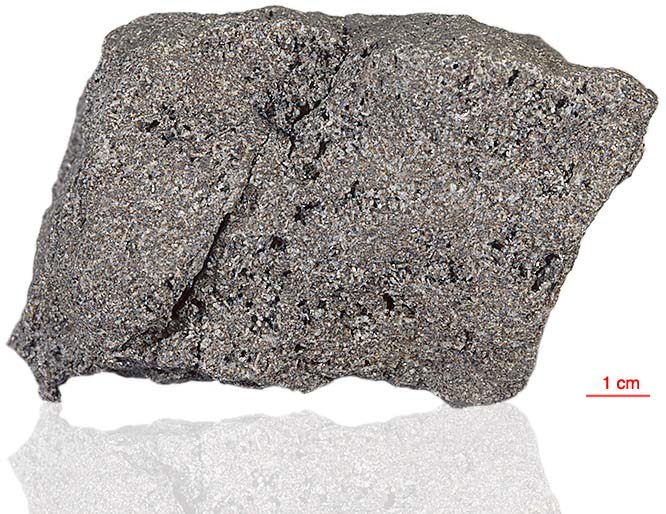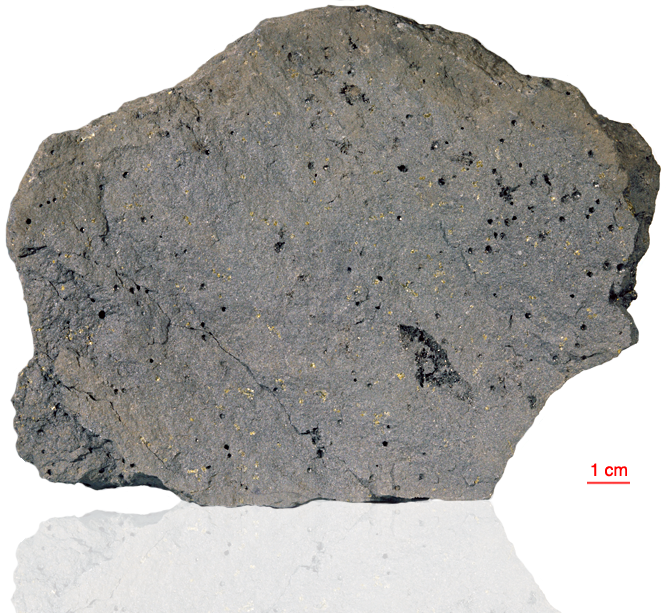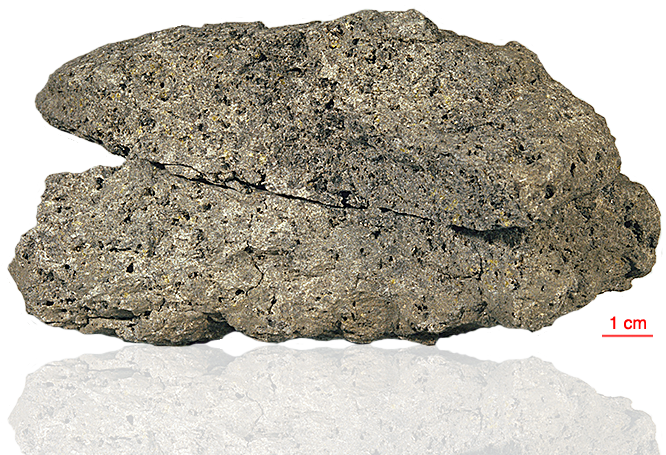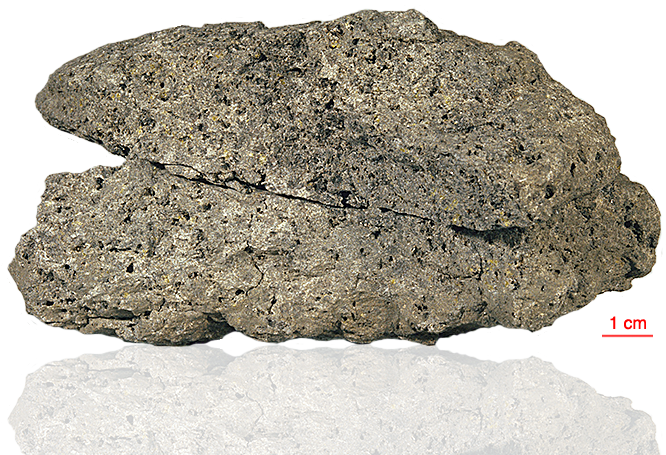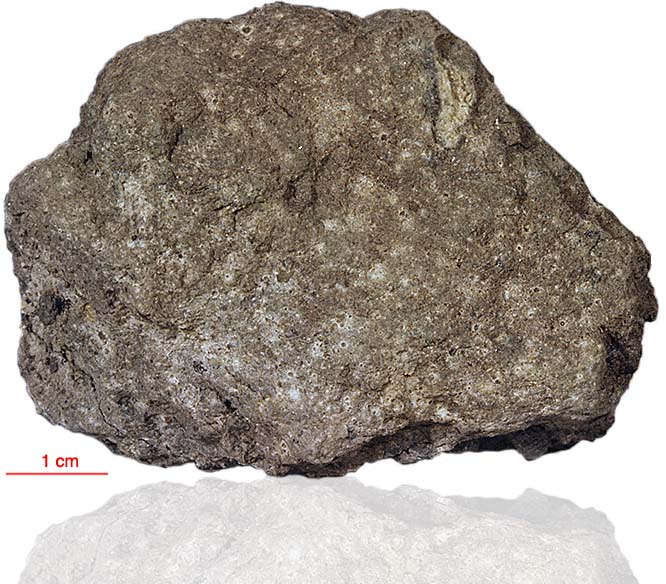
Fact sheet
73217 is a poorly studied coherent polymict breccia with an aphanitic matrix. It is a tough impact melt rock, with various lithologies. One large clast of anorthosite is surrounded by a rim of altered matrix (but not seen in our thin section). Relict pieces of gabbro are found in the matrix and granulite is an important clast type (see rotation 2). Rotation 2 shows some small lithic clast that have been polygonised. 73217 represents a brecciated and partially melted assemblage of plutonic rock fragments containing K-rich brown glass that was a partial melt generated by impact. Metallic iron, troilite, ilmenite, zircon and apatite are important accessory constituents.
The sample weighed 138.8 grams before analysis and has not been dated.
Further details of this and other Apollo samples are here: http://curator.jsc.nasa.gov/lunar/
Note: this section is slightly thick.
Apollo 17, the final manned landing mission, had two objectives: to obtain samples of ancient rocks from the lunar highlands and to look for evidence of younger volcanic activity on the valley floor.
This small Collection contains material deriving from both periods, including igneous rocks around 4.3 billion years old from the lunar highlands as well as younger volcanic samples dating from about 3.6 billion years ago.
Apollo 17 was launched on 7 December 1972.

